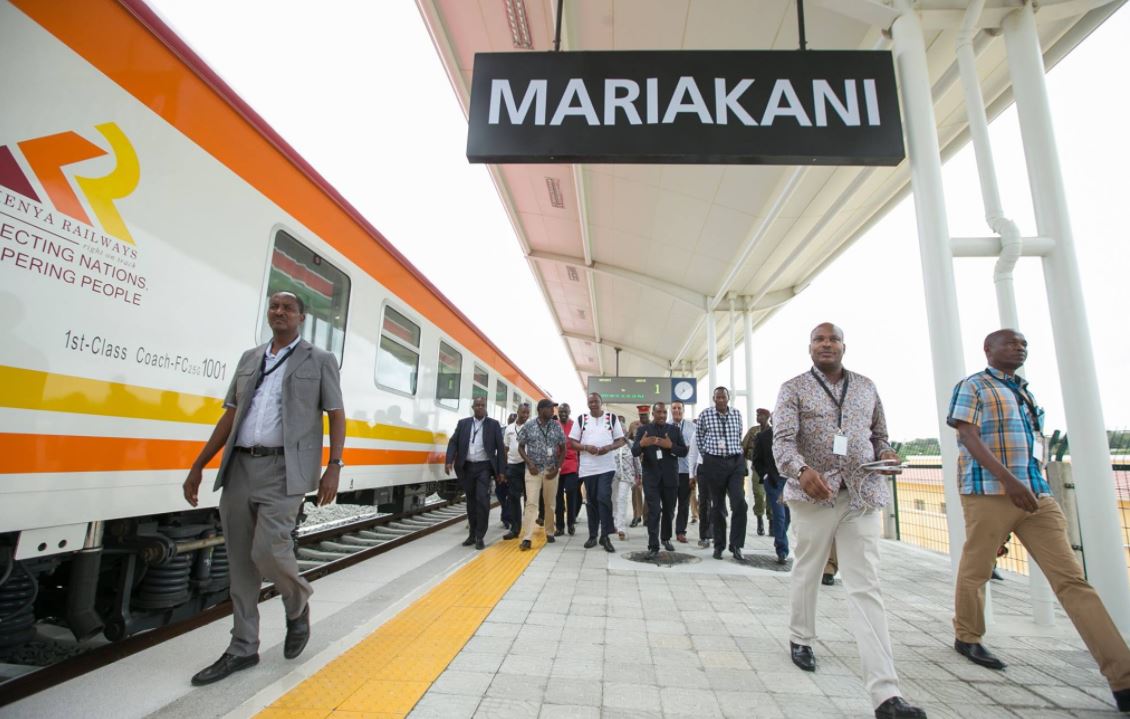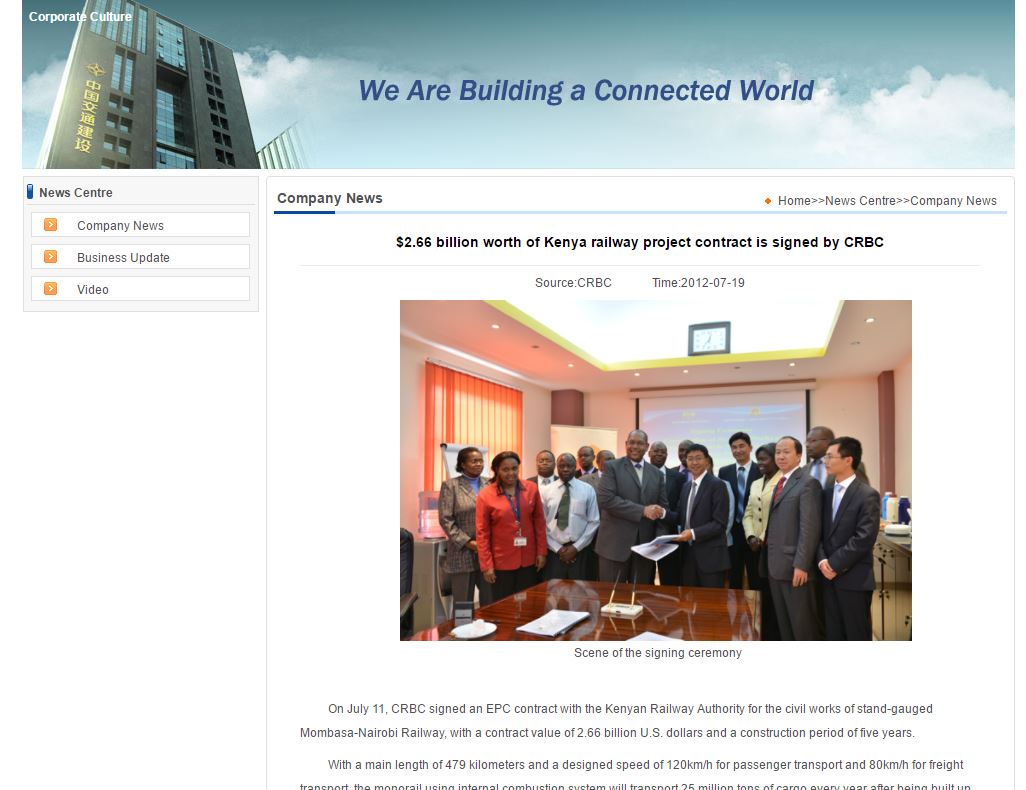 It’s political season and yet again, the mainstream media is performing miserably in fact-checking politicians. The biggest topic has been the SGR railway, and despite having tens of archive videos and news articles, the likes of Nation and Standard have refused to confirm political statements.
It’s political season and yet again, the mainstream media is performing miserably in fact-checking politicians. The biggest topic has been the SGR railway, and despite having tens of archive videos and news articles, the likes of Nation and Standard have refused to confirm political statements.
Last few weeks, the opposition has moved from criticizing the new railway to saying that the cost was inflated. All Nasa principals including the flag bearer Raila Odinga, and even other top leaders like Mombasa Governor Hassan Joho, have commented on the same.
Last week, Raila revealed that “He will jail those who inflated the cost of the SGR project once he gets to power.”
He said the project envisioned by the Grand Coalition government was supposed to cost Sh227 billion but was inflated to Sh327 billion by the Jubilee administration. “We know the people responsible and it is not the Chinese,” he told a press conference at Orange House.
Today we examine whether there are any facts to the claims that Sh100 billion was stolen.
Was the initial project of the Mombasa-Nairobi SGR Sh227?
[showad block=6]
The simple answer is NO.
In fact, the grand coalition government estimated phase one of the project to cost Sh340 billion.
The evidence of this is found in the many news articles written before 2013.
On December 2, 2012, Business Daily ran the headline, “Sh340bn railway set to open new business centres.” Jubilee assumed power on April 9, 2013.
A link to that story is provided above.
The paper went on to write, “The Mombasa-Nairobi standard gauge railway, whose construction starts next year, is set to open up at least 40 business centres but divert business from the road to the port city. Construction of the line is estimated to cost Sh340 billion ($4 billion), according to disclosures contained in a regulatory filing. Kenya is planning to build 40 stations along the line, 33 of them once the railway becomes operational.
“Construction is expected to take five years beginning July next year through June 2018, with the railway running through Mombasa, Kilifi, Kwale, Taita-Taveta, Makueni, Kajiado, Machakos and Nairobi counties and opening up remote areas. However, some towns will face challenges because they depend on long-distance truck drivers as a key source of revenue.
A few months before this Business Daily article, The East African published an article titled, “Kenya, China quietly strike deal on modern railway line.”
This was on September 22, 2012 – 7 months before Jubilee came to power.
In the article, the newspaper quoted the cost of the railway ‘track alone’ at $2.6 billion – around Sh260 billion.
Perhaps this aligns with the explanation given by government last week that Raila’s figure does not account for rolling stock.
Going with that figure by the East African newspaper, we can conclude that the amount did not cover the stations, locomotives, passenger coaches, communication systems, training etc.
In the same year (2012), the contractor China Communications Construction Company Ltd, announced on their website that they had signed a $2.66 billion contract for the civil works of the railway.
By definition, civil works would include things like designing, building the track, bridges, moving earth etc. This however excludes the rolling stock (locomotives, carriages, wagons etc).
Then Kenya Railways Corporations Managing Director Nduva Muli, later appointed Transport CS, was at the signing ceremony.
From the archives, it’s clear that at no time was the SGR project supposed to cost Sh227 billion. The final figure of Sh327 billion is actually a few billions short of what was been quoted then.
Comparison have been drawn between the cost of the Kenyan line vs the Ethiopian line. Though technical explanations have been presented many times, most people have simply refused to believe.
READ: Analysis: Ethiopia Unveils 750 Kilometre Electric SGR.. But is it Better Than Kenya’s?
The bottom line is that Ethiopia’s SGR is of a different class (inferior) that can carry less load than the Kenyan line.
Actually, if we were to compare apples to apples, we would be talking about the Ugandan SGR that will cost $2.9 billion for only 293km.
That is Ksh1 billion per kilometre – more than the Ksh700 million (approximate) we’ve paid for the Mombasa – Nairobi line.
And because this will inevitably come up sooner or later, let us move forward informed about the upcoming Phase 2B of the SGR, between Naivasha and Kisumu.
It will cost more than the Mombasa section, despite being shorter – $3.6 billion for 350km.
Sources:
Business Daily – http://www.businessdailyafrica.com/Cost-of-imports-to-rise-on-rail-development-levy/-/539546/1882346/-/ul6qtaz/-/index.html
The East African – http://www.theeastafrican.co.ke/news/Kenya-China-quietly-strike-deal-on-modern-railway-line/2558-1514666-item-0-oeutu3/index.html
China Communications Construction Company news – http://en.ccccltd.cn/newscentre/companynews/201207/t20120720_11872.html
Ugandan SGR cost – http://allafrica.com/stories/201706040076.html









